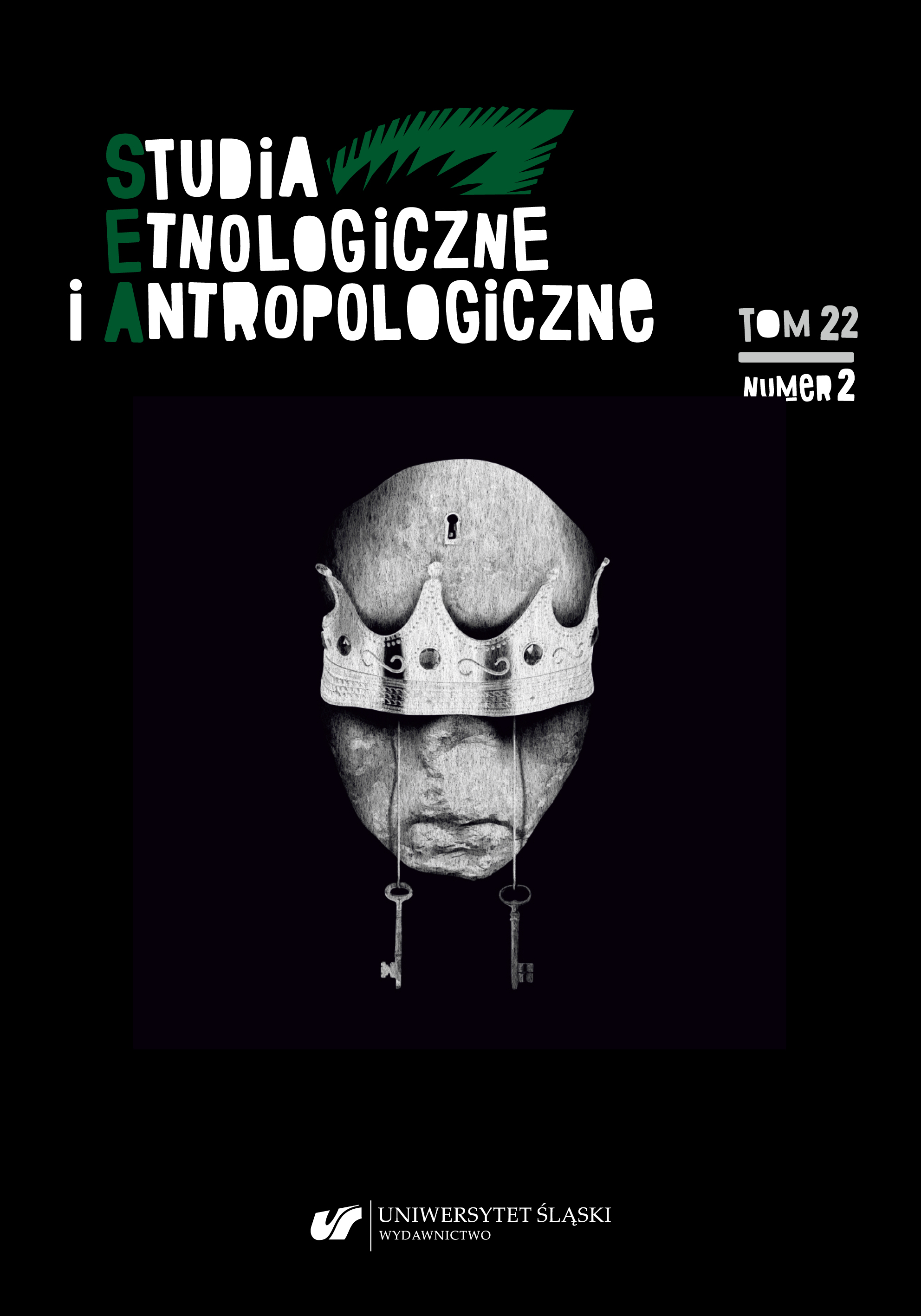Bauman Z., 2000, Globalizacja. I co z tego dla ludzi wynika, Przeł. E. Klekot, Warszawa, Państwowy Instytut Wydawniczy.
Google Scholar
Cymer A., 2019, Architektura w Polsce 1945–1989, Warszawa, Centrum Architektury.
Google Scholar
Cymer A., 2000, Sposób na niepogodę: nadmorskie zabytki, https://culture.pl/pl/artykul/sposob-na-niepogode-nadmorskie-zabytki [dostęp: 4.06.2022].
Google Scholar
Eckhardt P., 2016, Przestrzeń i architektura jako obraz doktryny politycznej. Przykład państw socjalistycznych, „Miscellanea Historico-Iuridica”, t. 15, z. 2, s. 17–19.
Google Scholar
Falkowski M., 2012, Geopolityka autostrad, „Zeszyty Naukowe WSOWL”, nr 3(165), s. 85.
Google Scholar
Gnot L., Ciechan S., Demidowski L., Zugaj Z., Sachadyn M., 1977, Nowy Lublin. Osiedla LSM, Lublin, Wojewódzki Ośrodek Informacji Turystycznej/Lubelska Spółdzielnia Mieszkaniowa.
Google Scholar
Haładyj T., 2020, Symboliczny koniec starej – niedobrej – gierkówki, https://
Google Scholar
czestochowa.wyborcza.pl/czestochowa/7,84749,26423615,haladyj-symboliczny
Google Scholar
-koniec-starej-niedobrej-gierkowki.html [dostęp: 2.06.2022].
Google Scholar
Jaremczak A., 2012, Droga do modernizacji: 36 lat stuknęło gierkówce, https://forsal.pl/artykuly/655945,droga-do-modernizacji-36-lat-stuknelo-gierkowce.html [dostęp: 2.06.2022].
Google Scholar
Kędzierski M., 2020, Za dobrzy na PRL. Wybrane koncepcje polskich architektów i urbanistów w latach 1970–1989, w: D. Bazuń, R. Domke, M. Kwiatkowski, red., Meandry modernizacji, Toruń, Wydawnictwo Adam Marszałek, s. 114–123.
Google Scholar
Koziarski S.M., 2021, Potencjał ludnościowy miast a sieć autostrad i dróg ekspresowych w Polsce, „Czasopismo Geograficzne”, nr 92(2), s. 217–256.
Google Scholar
Kusiak J., 2010, Tyrania w Tiranie. Socjalistyczna utopia i miejska rzeczywistość, „Prawo do Miasta”, nr 11–12, s. 70–80.
Google Scholar
Łopuch M., 2014, Szczecińskie szkoły tysiąclatki, „Przegląd Zachodniopomorski”, r. 29(58), z. 2, s. 116–117.
Google Scholar
Piątek G., 2020, Najlepsze miasto świata. Warszawa w odbudowie 1944–1949, Warszawa, Wydawnictwo WAB.
Google Scholar
Semczuk P., 2009, Szkolne tysiąclatki, „Newsweek”, 10.05.2009, s. 30–31.
Google Scholar
Skalimowski A., 2014, Budowniczy stolicy. Warszawski mecenat Bolesława Bieruta w latach 1945–1955, „Pamięć i Sprawiedliwość. Pismo naukowe poświęcone historii najnowszej”, nr 2(24), s. 78–89.
Google Scholar
Sudjic D., 2017, Język miast, Kraków, Karakter.
Google Scholar
Urzykowski T., 2019, Morawiecki chce zbudować w Warszawie łuk triumfalny. „Obiecuję, on stanie w krótkim czasie” (wyborcza.pl), https://warszawa.
Google Scholar
wyborcza.pl/warszawa/7,54420,25440598,morawiecki-chce-zbudowac-w-warszawie-luk-triumfalny-obiecuje.html [dostęp: 22.06.2022].
Google Scholar
Walaszczyk M., 2008, Prawdziwa historia Gierkówki, https://wiadomosci.dziennik.pl/historia/ludzie/artykuly/426846,edward-gierek-w-internetowym-zakatku-sld.html [dostęp: 22.06.2022].
Google Scholar
Waller M., 1967, Szkoły Tysiąclecia na Ziemiach Zachodnich, „Przegląd Zachodni”, nr 1, s. 108–118.
Google Scholar
Złowodzki M., 2020, O architekturze budynków biur w Moskwie, „Teka Komisji Urbanistyki i Architektury”, t. 48, s. 49–72.
Google Scholar


 https://doi.org/10.31261/SEIA.2022.22.02.02
https://doi.org/10.31261/SEIA.2022.22.02.02

 10.31261/SEIA
10.31261/SEIA